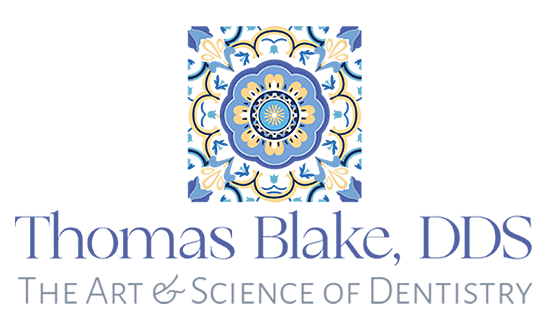
A dental hygiene cleaning is necessary to remove the soft biofilm (plaque) and calcified buildup (tartar) from the teeth both above and under the gum line. This helps lower the overall bacteria levels in your mouth and bloodstream and helps prevent gum disease and tooth loss. The hygienist uses special instrumentation to eliminate these bacterial colonies with efficiency.
During a dental cleaning the pockets in your mouth are measured, the measurements indicate the health of the gums and bone. Pockets measuring 1-3 millimeters without bleeding are considered healthy. Pockets measuring 4mm and above with bleeding indicate a level of periodontal disease. Your cleaning will be tailored to the specific state of your dental health. The types of dental cleanings are detailed below:
Prophy:
The word prophy is short for prophylaxis. The definition of prophylaxis is action taken to prevent disease. This type of cleaning is appropriate when a patient has healthy pink and firm gums with minimal plaque and tartar present. When the pockets are probed, the pockets measure 1-3mm with little to no bleeding and no bone loss on the X-rays. This is a preventive procedure and is typically performed every 6 months.
Scaling in the Presence of Gingivitis:
Gingivitis is the first stage of periodontal disease and is reversible. Bacteria has caused an infection in the gums and the result is inflammation and bleeding. In the case of gingivitis, the infection is active but has not spread from the gums to the surrounding bone, therefore it is reversible. The dental cleaning will eliminate the buildup on the teeth as well as below the gum line. Topical anesthesia may be used to provide comfort and facilitate a thorough cleaning. If all of the bacteria and buildup are not removed, the infection will spread to the surrounding bone, which is called periodontitis. Scaling in the presence of gingivitis is typically performed every 3-4 months until the disease process has been reversed. Once the gums are healthy the recall interval will be extended to 6 months and a regular prophy will be appropriate. It is important that thorough home care is maintained to reverse the gingivitis.
Scaling and Root Planing:
Scaling and root planing, commonly known as “Deep Cleaning,” is indicated when periodontal disease is present and bacteria have caused an infection that has spread to the bone and surrounding tissue. If left untreated, this infection leads to tooth loss. During the root planing your hygienist will use local anesthesia to numb the area to clean deep under the gum line to the base of the pockets to remove bacteria and calcified deposits from the root surfaces. After treatment, periodontal maintenance visits are set every 3-4 months and oral hygiene must be kept meticulous. Although bone cannot regrow, the gums can reattach and the inflammation can subside leading to a stable periodontal condition.
Periodontal Maintenance:
Periodontal maintenance is performed after a patient has had scaling and root planing, gum grafts, gum surgery or dental implants. This type of patient requires more frequent maintenance to ensure the treatment they have undergone is properly maintained to improve the long-term prognosis. During the maintenance visits, we will probe the periodontal pockets and take X-rays to monitor the health of the gums and bone.
If you are in need of a dental cleaning, we welcome you to reach out to schedule an appointment with our dentist in Santa Barbara, California, Dr. Thomas Blake. Please call 805-962-5000 and a member of our team will get you scheduled as soon as possible.
